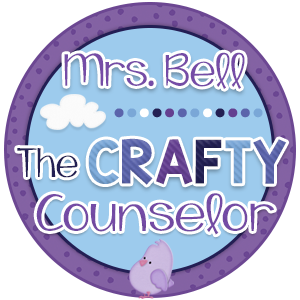Playful vs. Mean Teases (Tease Monster)
Enduring some teasing is a part of growing up. We all had to go through it and all have had teasing that was meant to hurt as well as teasing that was done in good fun. The mean teasing is easy to identify, it hurts us and leaves a lasting impact. Playful teasing can lighten the mood, or it can be misconceived and seen as rude. It is all about who says it, and how it is said.
Kids are sensitive and sometimes what is meant to be friendly, light teasing, can really hurt their feelings. I’ve been noticing that a lot with my third graders this year. They are so quick to say that they feel someone is being mean or that they are being bullied, when in reality there is just a bit of teasing going on. I decided to teach my kids the difference between mean teases and playful teases in hopes of cutting down my peer conflict and bullying requests.
The main question I wanted them to ask themselves before visiting the complaint department (aka my office) is: Are they laughing at me or laughing with me? To accomplish this, I taught a thirty minute lesson to each class where we read Tease Monster by Julia Cook, reviewed key terms, played a fun sort game and completed an independent activity sheet.
We started by reading Tease Monster by Julia Cook (click here to check out my Amazon affiliate link). I absolutely love her books. In third grade, most teachers don’t have comfy rocking chairs and reading mats, I displayed the book on the overhead and made sure all students could see.
After we read the book, I used these posters to review the difference between mean teases and playful teases.
We talked about laughing with and how it is different than laughing at. We reviewed the mirror test and talked about how before we tease think of how we would feel if someone said it to us.
We then “feed” the monsters. I’ve got to tell you, the kids were cracking up at this part. Using two paper bags, I created two situation sort containers. One was for mean teases, the other for friendly teases.
Students pick a card, read it out loud, and then drop into the mouth of the appropriate monster depending on if they think the situation describes a friendly tease or a mean tease.
Some of the situations could be taken as mean or friendly, depending on how the person it was said to, takes it. In these situations, I had all of the students give me a thumbs up if they would perceive the tease as friendly and a thumbs down if they would take it as a mean tease. This showed the class how sometimes what we mean to be friendly can really hurt someone’s feelings. It was a good visual to show that we have to be careful of the words we use.
After we finished with our sort, I passed out the activity sheets as a way to check for understanding and ensure all students were not only listening but understand the concepts. There are two different versions of the activity sheets so I was able to differentiate instruction to an extent.
I have to admit, my third graders have been understanding each other a little bit better since I did this with their grade level. I definitely have had fewer kids in my office telling me about teasing.
Read more...
Share it...
You might also like...

Hi, I'm Ashley!
I am a school counselor who helps educators to change the lives of students with engaging, creative, and meaningful SEL resources.











